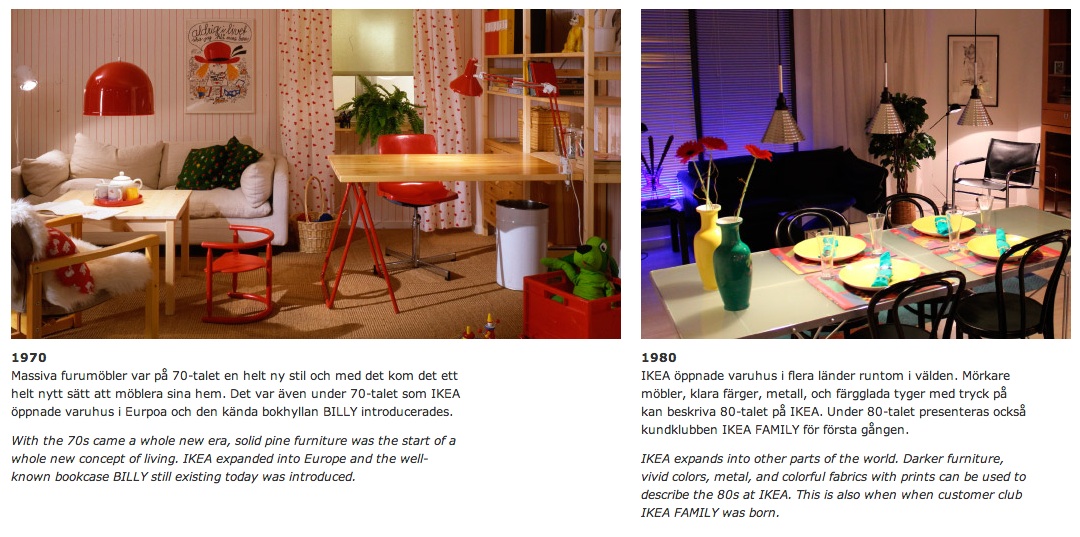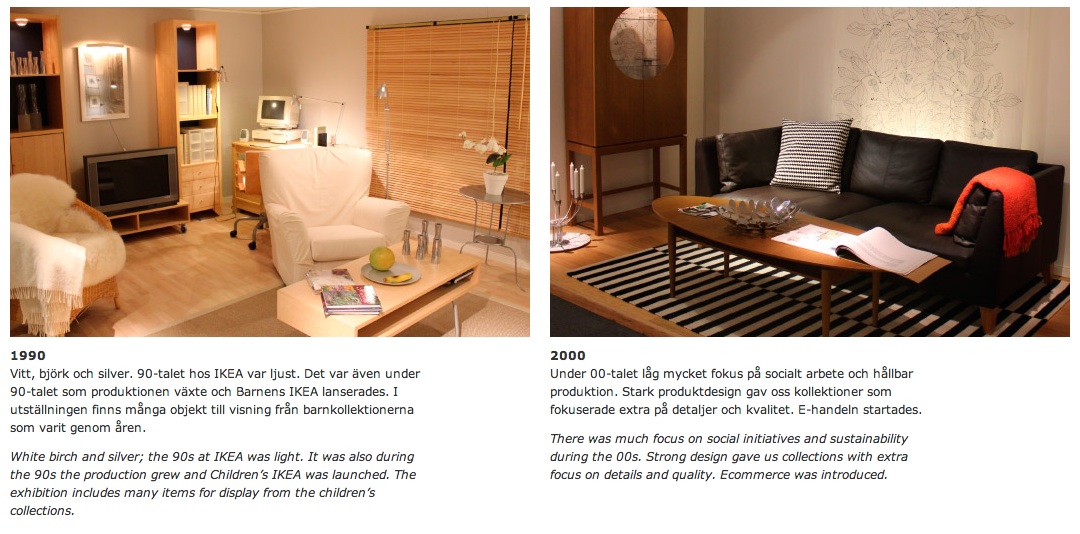Global retail giant IKEA has announced that it will transform its original store, in Älmhult, Sweden, into a museum celebrating the history of the company and its hugely popular products.
Given its cult following, especially in Europe, the retailer expects the IKEA Museum to draw some 200,000 visitors to the rural town in southern Sweden.
The company was founded in 1943 by 17-year-old Ingvar Kamprad, currently one of the world's richest people, with a net worth exceeding $4 billion. Kamprad opened the original location in 1958.
IKEA's Michele Acuna, who will manage the project, said the idea for the museum became a real possibility after the Älmhult store was moved to a new site nearby.
At 37,600 sf, the building is markedly smaller than the mammoth, bright-blue boxes that are commonplace across the globe, but it will serve as ample space for the exhibits.
It's expected that the museum will be a beefed up version of the 8,600-sf, 20-room IKEA Through the Ages display at the company's culture center in Älmhult.
Here's the company's statement on the project:
When the old IKEA Älmhult store was replaced in November 2012 by a new store, it left a building rich with history at the heart of the IKEA world - the perfect home for the new IKEA Museum.
This first and only IKEA Museum will be “a house of stories”; stories about people, challenges, opportunities, design, homes and home furnishing. It plans to open in 2015. The ambition of the museum is to engage all visitors and encourage them to take an active part in the IKEA story.
Here's a look at several of the IKEA Through the Ages exhibits (courtesy IKEA):
Related Stories
| Aug 11, 2010
ZweigWhite names its fastest-growing architecture, engineering, and environmental firms
Management consulting and research firm ZweigWhite has identified the 200 fastest-growing architecture, engineering, and environmental consulting firms in the U.S. and Canada for its annual ranking, The Zweig Letter Hot Firm List. This annual list features the design and environmental firms that have outperformed the economy and competitors to become industry leaders.
| Aug 11, 2010
SSOE, Fluor among nation's largest industrial building design firms
A ranking of the Top 75 Industrial Design Firms based on Building Design+Construction's 2009 Giants 300 survey. For more Giants 300 rankings, visit http://www.BDCnetwork.com/Giants
| Aug 11, 2010
Guggenheim to host live online discussion of Frank Lloyd Wright exhibition
The Solomon R. Guggenheim Museum launches the Guggenheim Forum, a new series of moderated online discussions among experts from a variety of fields that will occur in conjunction with major museum exhibitions.
| Aug 11, 2010
Best AEC Firms of 2011/12
Later this year, we will launch Best AEC Firms 2012. We’re looking for firms that create truly positive workplaces for their AEC professionals and support staff. Keep an eye on this page for entry information. +
| Aug 11, 2010
Report: Building codes and regulations impede progress toward uber-green buildings
The enthusiasm for super green Living Buildings continues unabated, but a key stumbling block to the growth of this highest level of green building performance is an existing set of codes and regulations. A new report by the Cascadia Region Green Building Council entitled "Code, Regulatory and Systemic Barriers Affecting Living Building Projects" presents a case for fundamental reassessment of building codes.
| Aug 11, 2010
Call for entries: Building enclosure design awards
The Boston Society of Architects and the Boston chapter of the Building Enclosure Council (BEC-Boston) have announced a High Performance Building award that will assess building enclosure innovation through the demonstrated design, construction, and operation of the building enclosure.
| Aug 11, 2010
Portland Cement Association offers blast resistant design guide for reinforced concrete structures
Developed for designers and engineers, "Blast Resistant Design Guide for Reinforced Concrete Structures" provides a practical treatment of the design of cast-in-place reinforced concrete structures to resist the effects of blast loads. It explains the principles of blast-resistant design, and how to determine the kind and degree of resistance a structure needs as well as how to specify the required materials and details.










